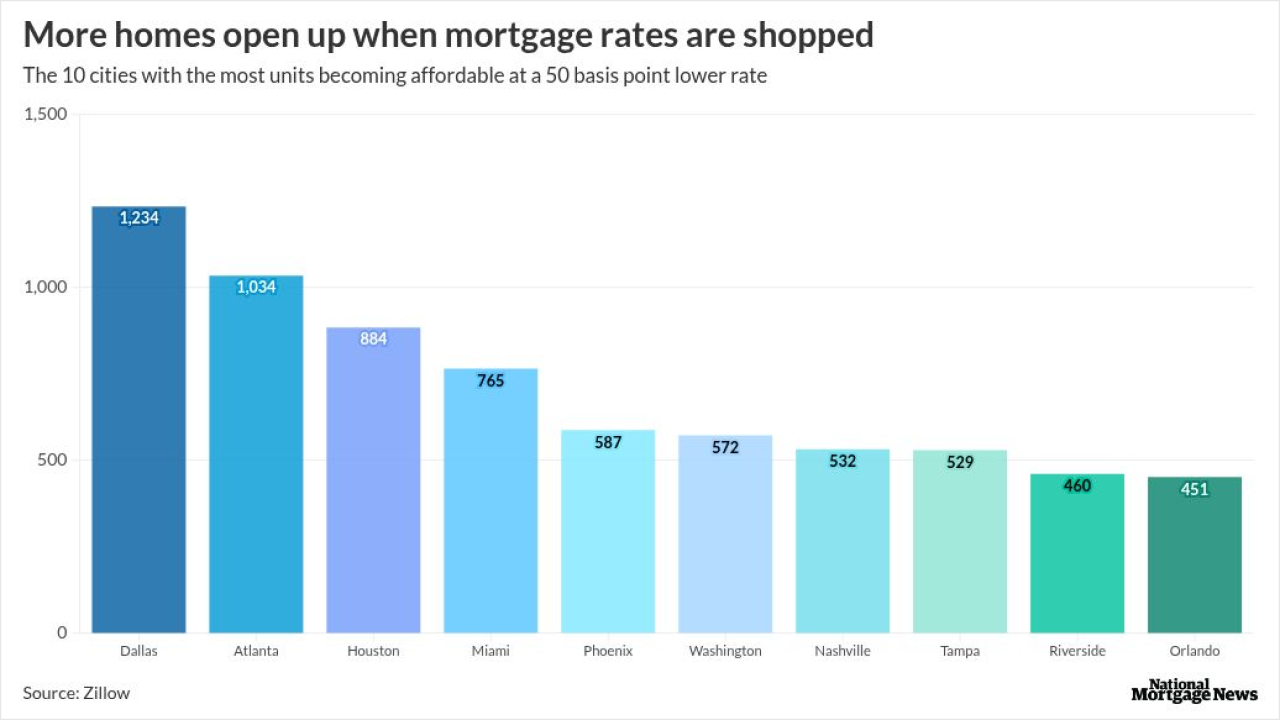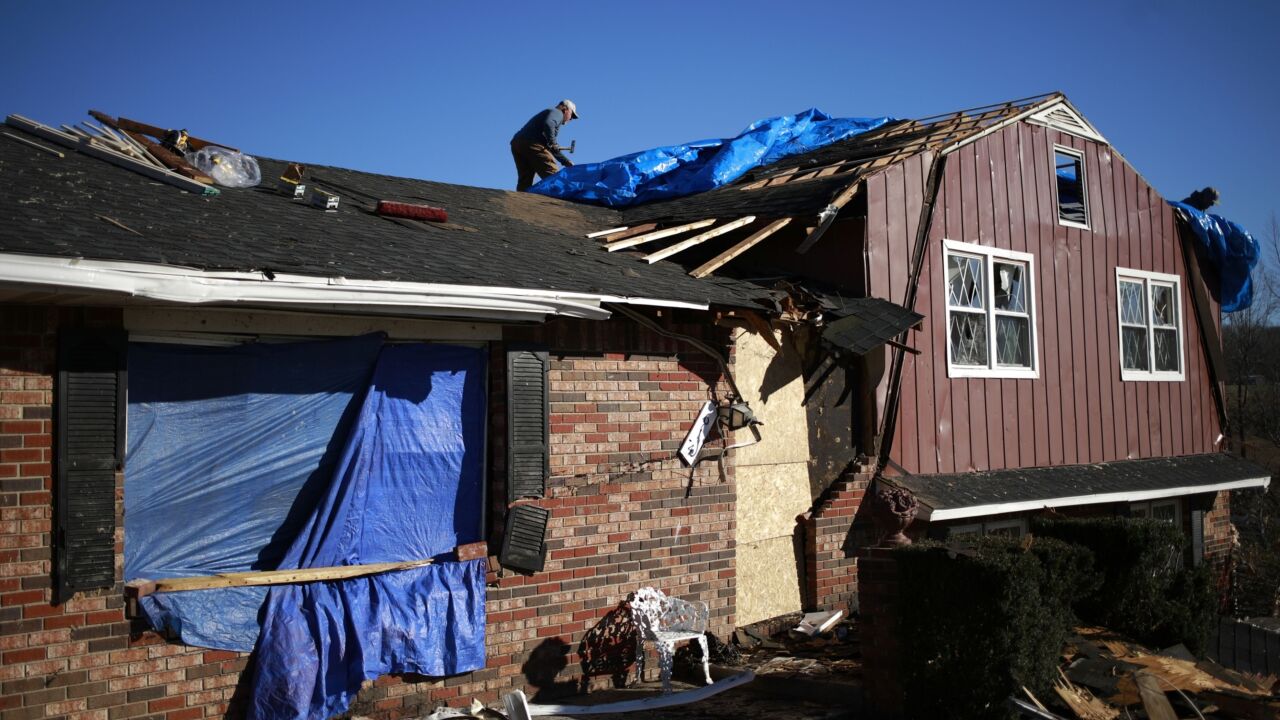Through the final rule for flood-risk management, released on Monday, the
The rule will hold maps and collateral for some loans the
HUD estimated that the change in its floodplain management and property standards will affect around 10% of new homes built each year. That will protect them against future climate risks.
"This rule will ensure HUD supported properties have the best chance of being undisturbed when flooding occurs," said Marion McFadden, a principal deputy assistant secretary at HUD.
"It is the responsibility of the federal government to ensure that taxpayer investments are built to withstand foreseeable risk," she added.
Lessons learned from past flooding have proved valuable in demonstrating the value of structural improvements, according to the department.
In drawing up its new rule, HUD looked at the effectiveness of past public flood-proofing. Initiatives implemented after Hurricane Katrina, for example, were successful in making local housing more resilient, it found.
The minimum requirements for FHA loans are effective May 23 but certain compliance requirements won't kick in until Jan. 1 of next year. Building permits must meet the new standards starting on that date.
The Mortgage Bankers Association thanked HUD for giving the industry several months to implement the requirements. However, it also expressed concerns about the upfront costs.
"Implementing new elevation requirements for some new single-family and multifamily homes, and requiring higher levels of flood insurance will make FHA financing more expensive and less competitive," said Bob Broeksmit, president and CEO of the association.
But HUD said that the investment in elevation improvements is a cost saver in the long-term.
Overall, the rule could save homeowners roughly $56.4 million to $324.3 million over 40 years, according to the department. Elevated homes in particular avoid $6 in damages for every $1 invested, according to the department's analysis of National Institute of Building Sciences data. Around 80% of states and more than 600 local jurisdictions already have elevation requirements for at-risk homes.
The MBA also posed questions about references to the use of climate-informed science tools used in mapping.
Maps associated with CISA tools "are not yet available nationwide, creating inconsistencies and confusion in complying with the final rule," Broeksmit said.
In response to that concern, the department has noted that it chose to focus on those tools because they account for forward-looking risks. Many alternatives are based on retrospective analyses.
"We will continue to work with the Biden administration on policies and solutions that address climate risks and extreme weather impacts, stressing the need for common sense approaches that do not curtail housing construction and negatively impact borrowers," Broeksmit said.





